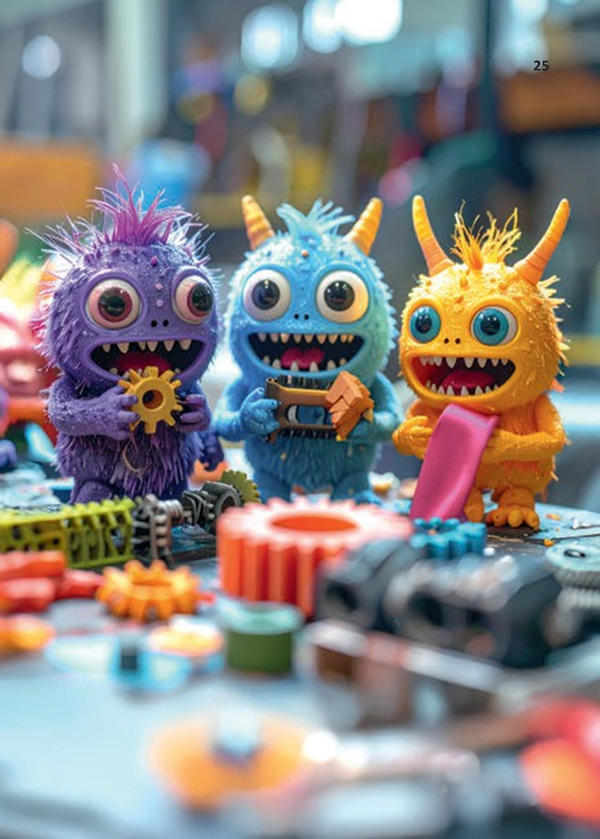Go to Online-effzett for the latest topics and background information
Nylon-eating bacteria

The synthetic polyamide nylon first became known for its use in tights. Due to its durability and high tensile strength, the material is now used in many products – from underwear and sportswear to parachutes, fishing lines, and automobile components. The problem, however, is that there is a lack of suitable recycling processes for this material – neither chemical nor conventional mechanical recycling deliver particularly useful results. The recycling rate for polyamides is currently less than 5 %. A lot of nylon waste either ends up in landfills or is incinerated, which can release toxic substances. Moreover, nylon fishing nets that are lost or left behind in the sea pose a threat to marine life and birds.
Value-added substances
Biotechnologists at Jülich have teamed up with the company Novonesis to find a solution. As part of the EU project Glaukos, they have developed a bacterium that “eats” individual building blocks of different types of nylon and converts them into valuable substances. “We have genetically enhanced the versatile but harmless soil bacterium Pseudomonas putida in such a way that it can metabolize this mixture of nylon building blocks and even convert them into value-added substances such as biopolyesters,” explains Prof. Dr. Nick Wierckx from the Institute of Bio- and Geosciences (IBG-1).
The key to this breakthrough was a combination of genetic engineering and laboratory evolution, which makes it possible to teach bacteria new skills. “In the laboratory, some bacteria developed the ability to recycle nylon building blocks more efficiently following random mutations. As this enabled them to grow faster than others, they became prevalent over time – until the bacterial culture eventually consisted almost exclusively of these specialized cells,” says Wierckx.

By analysing the genomes in detail, the researchers identified the responsible mutations and introduced them into Pseudomonas putida cells. The next step is to prepare the bacterium for industrial use and teach it to handle more complex materials such as coated textiles and fishing nets. Bon appétit!
This text is taken from the 1/25 issue of effzett. Text: Text: Anna Tipping



